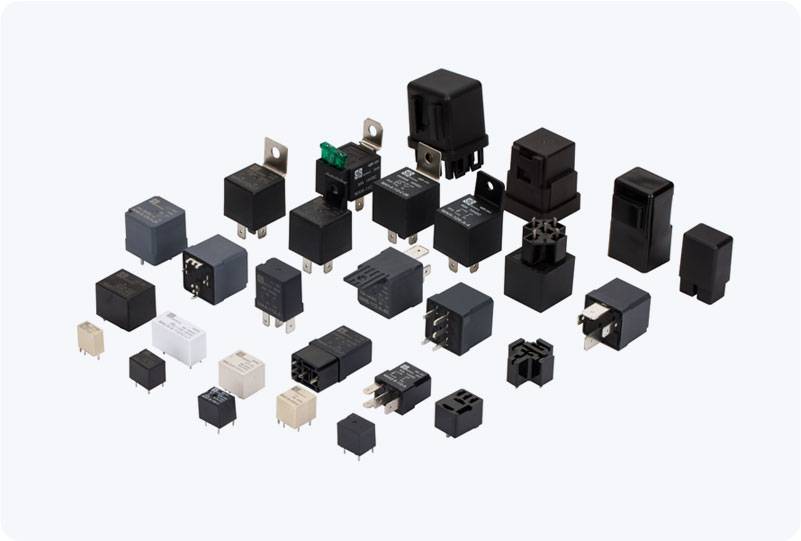pcb electromagnetic relay: key components and applications in modern electronics
Release time:2025-06-18 02:01:26
In modern electronics, relays play a critical role in controlling high-power devices with low-power control signals. The PCB (Printed Circuit Board) electromagnetic relay is one of the most widely used types, offering reliable performance and a straightforward mechanism to switch electrical circuits on and off. In this article, we will explore the function, components, working principle, and applications of the PCB electromagnetic relay, highlighting its importance in a wide range of industries.

What is a PCB Electromagnetic Relay?
A PCB electromagnetic relay is an electromechanical switch mounted directly onto a printed circuit board. It consists of an electromagnetic coil, a set of contacts, and a movable armature. When an electric current passes through the coil, it creates a magnetic field that causes the armature to move, thereby opening or closing the contacts. These switches are used for controlling a circuit’s power by turning on or off electrical devices in response to a control signal. The compact design of PCB relays allows them to be easily integrated into various electronic devices, making them ideal for space-constrained applications.

